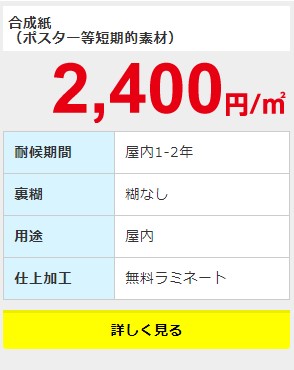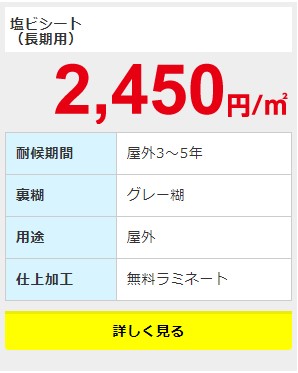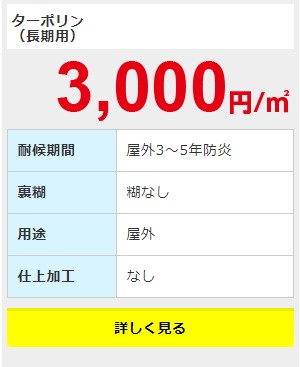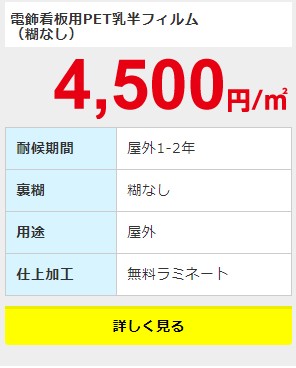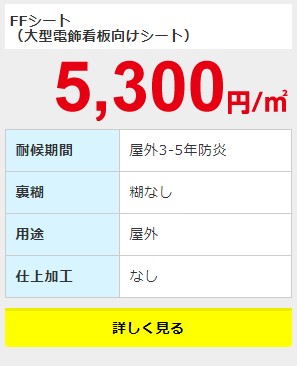Blockchain technology, most commonly associated with cryptocurrencies like Bitcoin, has garnered significant attention in recent years for its potential to revolutionize various industries. One area where blockchain technology has the potential to bring significant benefits is in transaction verification for compliance purposes. This article explores how blockchain can be effectively implemented for transaction verification to ensure compliance with regulatory requirements.
Blockchain technology is essentially a decentralized, distributed ledger that records transactions across a network of computers. Each transaction is recorded in a “block” that is then linked to previous blocks, forming a chain of blocks – hence the name “blockchain”. This system of recording transactions provides transparency and immutability, as each block is cryptographically linked to the one before it, making it extremely difficult to alter the data.
One of the key benefits of using blockchain for transaction verification is its ability to provide a transparent and tamper-proof record of transactions. This is particularly important in industries where compliance with regulations is crucial, such as the financial sector, healthcare, and supply chain management. By using blockchain technology, organizations can ensure that their transactions are secure, transparent, and compliant with Luna Max Pro regulatory requirements.
Implementing blockchain-based transaction verification for compliance involves several key steps. The first step is to identify the specific regulatory requirements that need to be met, as different industries and jurisdictions have varying compliance standards. Once the regulatory requirements are identified, organizations can design a blockchain-based solution that meets these requirements.
One of the challenges in implementing blockchain for compliance is ensuring that the system is scalable and can handle a high volume of transactions. Blockchain technology is still relatively nascent, and some blockchain networks may struggle to process a large number of transactions quickly. However, advancements in blockchain technology, such as the development of more scalable blockchains like Ethereum and Hyperledger, are addressing this issue.
Another challenge in implementing blockchain for compliance is ensuring data privacy and security. While blockchain technology is inherently secure, organizations must still take precautions to protect sensitive data and ensure that only authorized parties have access to the blockchain network. This may involve implementing encryption techniques or using private blockchain networks that restrict access to authorized users.
Despite these challenges, the benefits of using blockchain for transaction verification for compliance are significant. By leveraging blockchain technology, organizations can streamline their compliance processes, reduce the risk of fraud and error, and enhance transparency and trust in their transactions. Additionally, blockchain can help organizations save time and costs associated with compliance reporting and auditing.
In conclusion, implementing blockchain-based transaction verification for compliance holds great potential for organizations looking to ensure regulatory compliance in an efficient and secure manner. While there are challenges to overcome in implementing blockchain technology, the benefits far outweigh the risks. By carefully designing and implementing a blockchain-based solution, organizations can achieve transparency, security, and compliance in their transactions, paving the way for a more efficient and trustworthy business environment.

















